-
Products
- View all Products
- Drill Bushes
-
Dowel Pins
-
Location Pins
- View all Location Pins
-
Location Pins
-
Composite Fixing
- View all Composite Fixing
-
Composite Fixing
-
Clevis Pins
- View all Clevis Pins
-
Clevis Pins
-
Standard Shim Packs
- View all Standard Shim Packs
-
Standard Shim Packs
- Koenig Sealing Plugs
-
Thumb Screws
- View all Thumb Screws
-
Thumb Screws
- Clamping and Fixing
- Positioning Elements
-
Swivel Hoist Rings
- View all Swivel Hoist Rings
-
Swivel Hoist Rings
-
Toggle Clamps
-
Spring Plungers
- View all Spring Plungers
-
Spring Plungers
-
Knobs and Handles
- Euco Micrometer Spacing
- Threaded Plugs
-
Vices and Precision Clamps
- View all Vices and Precision Clamps
- Vices and Precision Clamps
- Custom Shims
- Customers & Markets
- Solutions & Services
- About us
- Support
-
Products
- View all Products
- Drill Bushes
-
Dowel Pins
-
Location Pins
- View all Location Pins
-
Location Pins
-
Composite Fixing
- View all Composite Fixing
-
Composite Fixing
-
Clevis Pins
- View all Clevis Pins
-
Clevis Pins
-
Standard Shim Packs
- View all Standard Shim Packs
-
Standard Shim Packs
- Koenig Sealing Plugs
-
Thumb Screws
- View all Thumb Screws
-
Thumb Screws
- Clamping and Fixing
- Positioning Elements
-
Swivel Hoist Rings
- View all Swivel Hoist Rings
-
Swivel Hoist Rings
-
Toggle Clamps
-
Spring Plungers
- View all Spring Plungers
-
Spring Plungers
-
Knobs and Handles
- Euco Micrometer Spacing
- Threaded Plugs
-
Vices and Precision Clamps
- View all Vices and Precision Clamps
- Vices and Precision Clamps
- Custom Shims
- Customers & Markets
- Solutions & Services
- About us
- Support


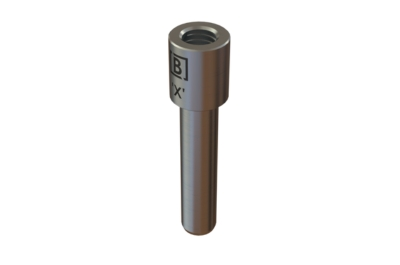

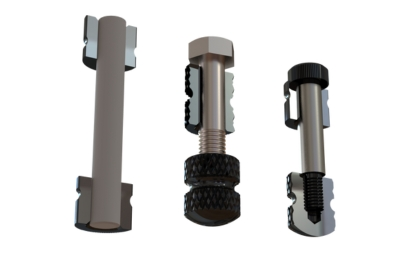
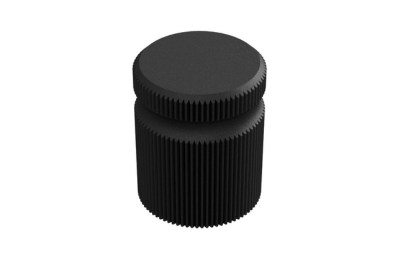
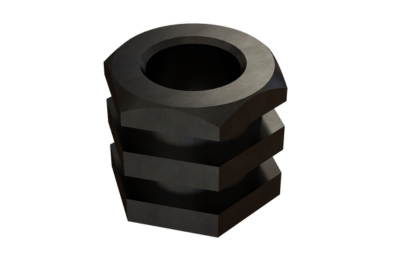
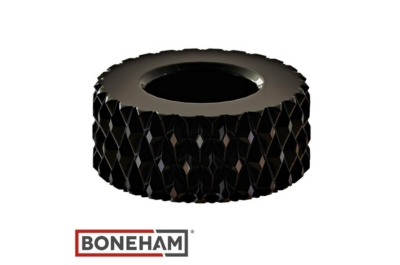
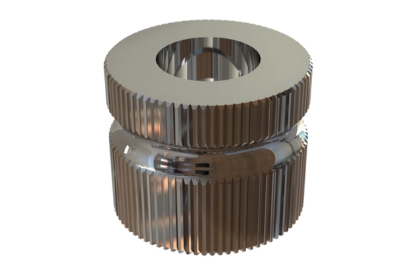
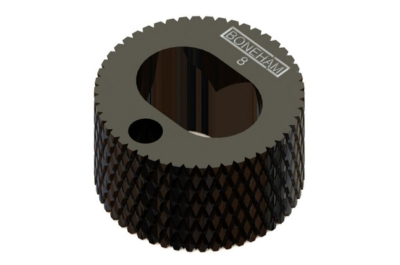
Composite Fixing and Alignment Solutions from Boneham
Boneham have designed a standard range of stocked components which accompany other Boneham products in the build and design of composite mould tools. During the composite mould process, alignment and fastening solutions are required to correctly position and clamp down the mould.